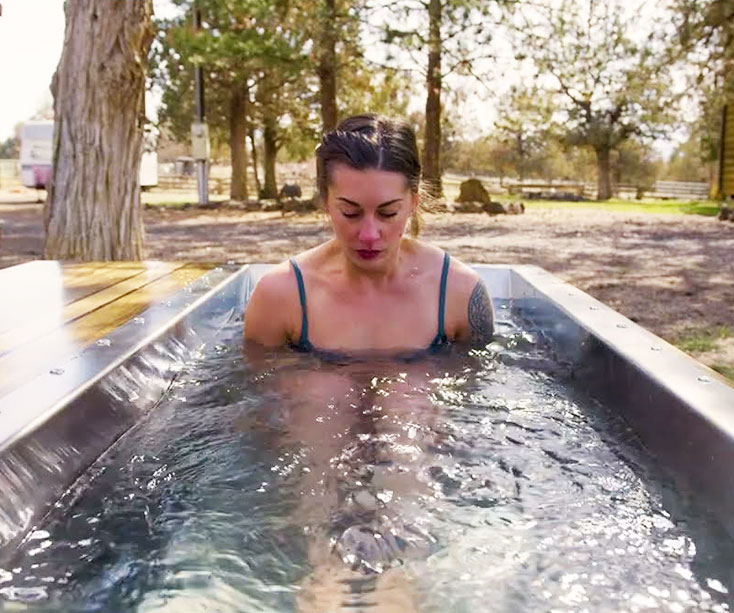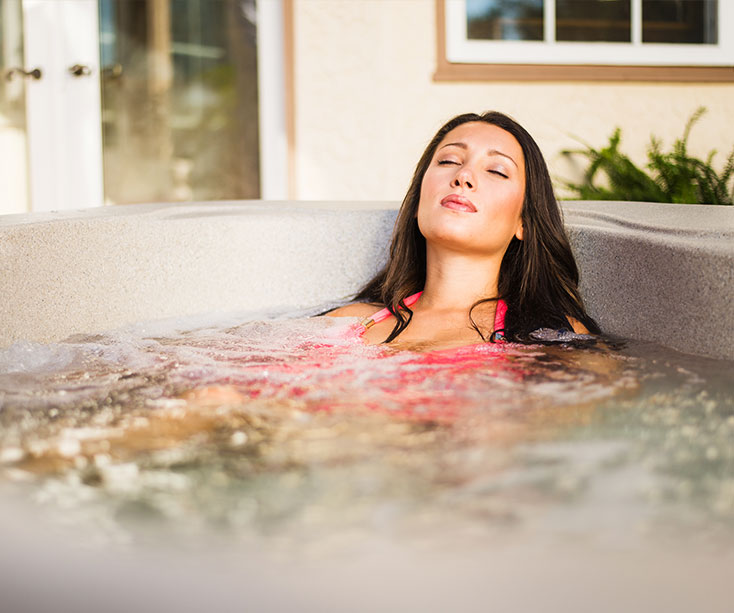Contrast Bathing
Dive into Wellness: The Ins and Outs of Contrast Bathing
Contrast bathing, an age-old practice gaining new attention for its potential health benefits, and it is exactly what it sounds like: alternating between baths of hot and cold water. Typically, practitioners start with a warm soak (around 104°F) for 2-3 minutes, followed by a plunge into cold water (around 50°F) for 30-60 seconds. This cycle is repeated several times, often ending on a cold plunge.
Why Contrast Bathing?
While commonly used by athletes, contrast bath therapy is also used to treat edema, stiff joints, inflammation of soft tissues, muscle spasms, and painful limbs (upper and lower). The theory behind contrast bathing is that the rapid changes in temperature stimulate the body’s circulatory system. As you move from hot to cold, blood vessels constrict, and then dilate again when exposed to warmth.
This “pumping” action is believed to improve circulation throughout the body, potentially leading to a range of benefits:
This “pumping” action is believed to improve circulation throughout the body, potentially leading to a range of benefits:
Reduced Muscle PAIN & tension
Athletes swear by contrast bathing to ease muscle soreness after intense workouts.The theory is that the cold water helps reduce inflammation, while the warm water promotes blood flow, aiding in muscle recovery.
Pain Management
Some studies suggest contrast therapy may be helpful in managing chronic pain conditions like arthritis. The cold water can numb nerve endings, while improved circulation from the hot water may deliver pain-relieving nutrients to targeted areas.
natural mood boost
There’s some evidence that contrast bathing can have a positive impact on emotional disposition. The cold water exposure may trigger the release of endorphins, the body’s natural feel-good chemicals that enhance a sense of well-being.
Enhanced Sleep
Improved circulation and reduced muscle tension promotes better sleep quality, which leads to sharper focus and enhanced alertness.
Contrast bathing offers a natural and potentially effective way to boost your well-being.
Important Considerations:
- Talk to your doctor before starting contrast bathing, especially if you have any underlying health conditions.
- Avoid contrast bathing if you are pregnant, have heart problems, or uncontrolled high blood pressure.
- Ease into it: Start with shorter durations and gradually increase the time as tolerated.
- Hydrate: Drink plenty of water before, during, and after contrast bathing.
- Listen to your body: Adjust the water temperatures or duration of each soak as needed. If you experience any discomfort, stop immediately.




